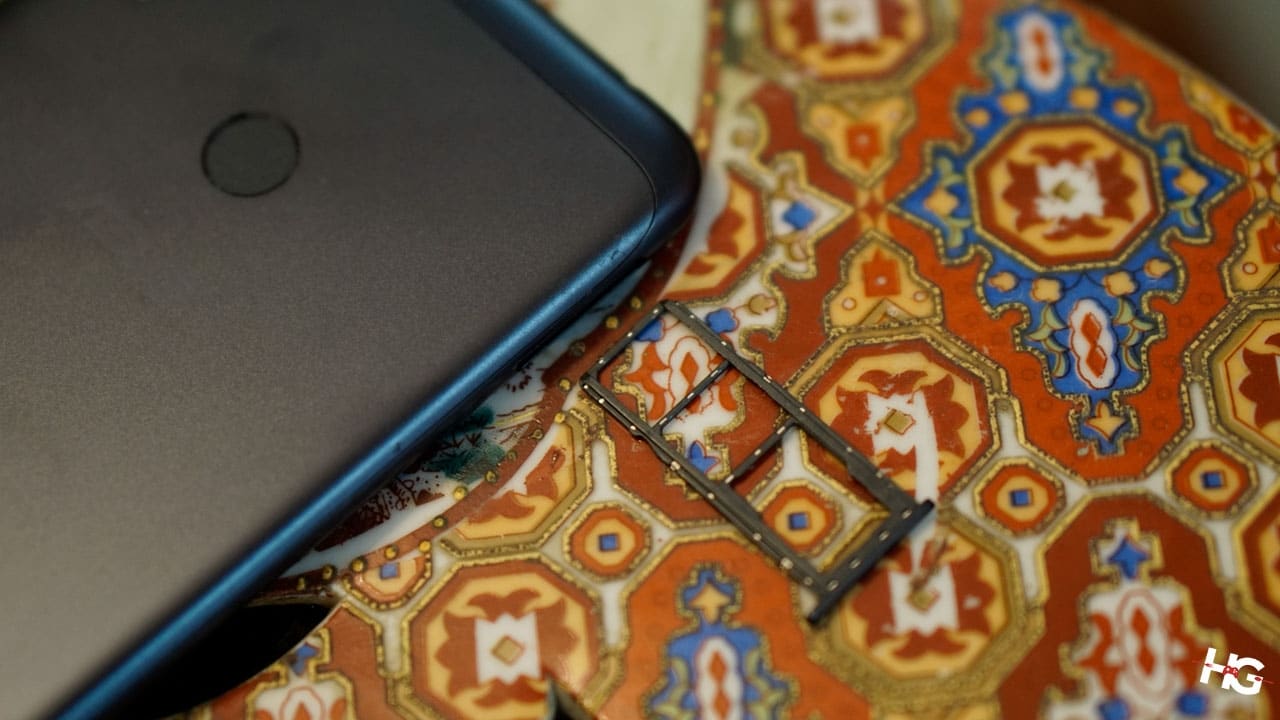
As the runt of the litter, the ASUS ZenFone Max M2 3GB sits just a rung below the more powerful ASUS ZenFone Max Pro M2. Quietly launched back in January 2019, we’ve finally had some time testing the baby ASUS ZenFone Max. Will it live up to expectations like its predecessor? Let’s find out.

| Chipset | Qualcomm Snapdragon 632 |
| Screen | 6.3-inch, 1520 x 720, 2.5D glass |
| RAM | 3GB |
| OS | Android 8.0 Oreo |
| Rear Camera | 13MP + 2MP f/1.8, PDAF, LED Flash |
| Front Camera | 8MP f/2.0, LED Flash |
| Storage | 32GB expandable up to 1TB via microSD slot |
| Network | 4G, LTE, GPS, A-GPS, GLONASS |
| Connectivity | WiFi, Bluetooth 4.2, MicroUSB |
| Others | Fingerprint Scanner, Face Unlock |
| Battery | 4,000mAh |

Like most ASUS ZenFone smartphones, the ASUS ZenFone Max M2 3GB comes with all the basic accessories you would need for the handset.
Inside the box aside from the smartphone is a silicone case, a MicroUSB cable, a 5V/2A charger, and a pair of earphones. Nothing too complicated as expected for a smartphone in its smartphone.

Like the ASUS ZenFone Max Pro M2, the ASUS ZenFone Max M2 3GB comes with a notched display. Although the screen size stays the same at 6.3-inches, the resolution has been resized to 1520 x 720 to serve a budget-conscious audience.

The brightness of the 6.3-inch display is satisfactory but it probably won’t be breaking any records soon. Color reproduction is great without being oversaturated to the eyes.

Resting on the smartphone’s notch is an 8MP f/2.0 shooter. An LED flash has also been thrown in to help with lighting when taking selfies in dim scenarios.

The ASUS ZenFone Max M2 3GB sticks to a traditional plastic rear unlike the glass back ends of its contemporaries like the aforementioned ASUS ZenFone Max Pro M2 and the ASUS ZenFone 5 series. It might not be as pretty to look at but the rear will not be as susceptible to accidental falls.

The rear of the smartphone houses its dual cameras composed of a 13MP main and a 2MP f/1.8 depth sensor. The cameras are backed with PDAF and an LED flash.
Just beside the camera of the handset is a fingerprint scanner although the device also supports Face Unlock for an added layer of protection.

As a gift to those wanting Dual-SIM slots and a dedicated MicroSD slot, the ASUS ZenFone Max M2 3GB comes with a triple-slot mount. This means that users won’t need to sacrifice a SIM card slot to expand its 32GB internal storage.

As expected, the smartphone has a MicroUSB connection located at the bottom. The connection is also used to charge its 4,000mAh battery that powers its Qualcomm Snapdragon 632 chip accompanied by 3GB of RAM.
It feels like the ASUS ZenFone Max Pro M2 3GB is just another iteration of previous entries in the Max series. Aside from its notched display, there’s nothing really separating it from its contemporaries like the Max Pro M1.
As with the latter entries in the ZenFone Max range, the ASUS ZenFone Max Pro M2 3GB comes with vanilla Android experience (in this case Android 8.1 Oreo).
The brand has stated that they went this route for their Max series to cut down on unnecessary apps that may hinder the performance of the smartphone.
Despite the lacking the ZenUI, the stock Android experience sits pretty well compared to other smartphones in the market. Standard features such as split-screen are present, so most users probably won’t miss the ZenUI feel.
The ASUS ZenFone Max M2 3GB’s 13MP + 2MP cameras are standard-fare. Most features that one would expect is present such as Auto and Pro modes, Night Mode, Portrait mode, Continuous shooting, HDR, Beautification, and several filters. As a bonus, the handset is also capable of shooting 4K videos at 30fps with its rear cameras.
Unlike the ASUS ZenFone Max Pro M2, however, the Max M2 doesn’t have scene recognition or AI. Despite the lack of any machine learning, the smartphone was still able to take well-detailed photos under daylight.
The smartphone does have problems taking photos in dark situations. The cameras are having problems focusing on subjects even when its night mode is turned on.
Inside the plastic chassis of the ASUS ZenFone Max M2 3GB is a Qualcomm Snapdragon 632 chip with 3GB of RAM. This might not be on par on other smartphones a notch above it but the smartphone was still able to deliver a lag-free experience.

Playing games with the Qualcomm Snapdragon 632 won’t be a problem so long as you turn down some of the settings whenever possible. In terms of benchmarks, the smartphone scored 5680 in PCMark Work 2.0 and 102554 in AnTuTu. Not too shabby for a smartphone in its price range.
Although the battery life has been the main selling point for the Max series, it has been downplayed a bit in recent releases. This, however, remains the strong suit of the ASUS ZenFone Max M2.

Based on our daily usage, we were able to use the ASUS ZenFone Max M2 for around a day with medium use before the battery reached 0 percent. On synthetic benchmarks, on the other hand, the smartphone was able to last 11 hours and 23 minutes in PCMark Work 2.0.
Since the handset comes with a standard 5V/2A charger, the 4,000mAh battery will take around an hour and 45 minutes before it maxes out.

Overall, the ASUS ZenFone Max M2 provides a decent performance for what it’s asking. One of the downsides of the handset, however, is the low pixel count of its display and the night performance of its cameras. At this price range, however, it is expected that manufacturers will have to reduce costs somewhere.
Despite its faults, the handset still has a serviceable track record in our testing. With its good system performance and quality cameras (as long as you stick in decent lighting), the ASUS ZenFone Max M2 is a fine upgrade if you’re coming from an aging smartphone or wanting a reliable backup handset.
